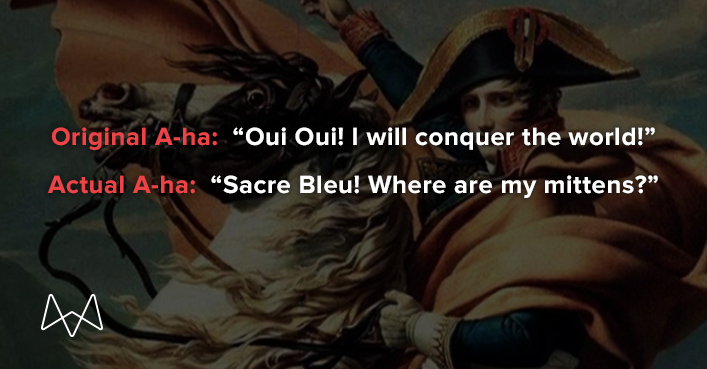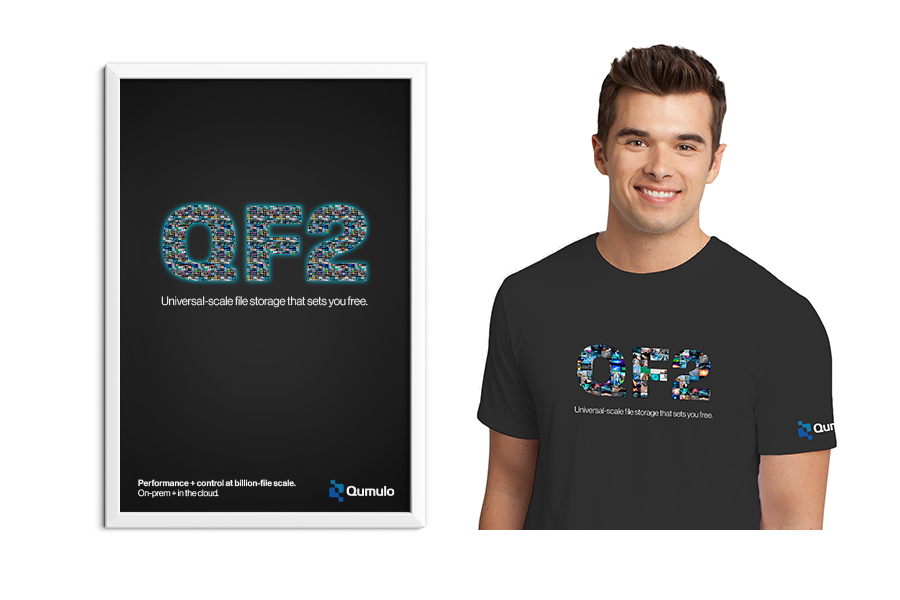
More Mortar clients are complaining about selling to Millennials. And that got me wondering: what do the pundits have to offer on how to approach today’s Millennial?
Unlike previous generations, Millennials grew up with the promise of instant and frictionless access to information and one another. As a result, they are more likely to think differently about what it means to “own” something. Writing in Fast Company, Josh Allan Dykstra writes that “this new attitude toward ownership is occurring everywhere, and once we recognize this change, we can leverage it. Instead of kicking against the wave (which is the tendency of many institutions and leaders), we can help our organizations thrive in this strange new marketplace by going with the flow and embracing the death of ownership”.
Look, Dykstra emphasizes, ownership just isn’t hard anymore: “We can now find and own practically anything we want, at any time. Because of this, the balance between supply and demand has been altered, and the value has shifted”.
We know the experience of acquisition matters a lot to us now, and this is especially true of Millennials: How we find out about and buy a product can be as important as what we actually do with it. For example, just consider how much time the modern marketing suite now spends in user experience discussions. Indeed for some eco-conscious customers what we do after we own a product can also be pivotal (like how do we dispose of all that ugly packaging that comes with every Amazon delivery?).
Facebook reminds us that experience is additionally powerful because of how it connects us to others. Our purchases have greater impact because we can perhaps do something worthwhile, tell others about it, and have it say something meaningful about us and our motivations.
Our newest customers, then, approach ownership differently, encourage us to think beyond purchase through to the act of use, and what the conversation might be around our product and the experience we provide.
Here are five of the more obvious ways Millennials buy differently—along with some tips on what Marketers might be able to do to take advantage of the change:
1. Millennials are more likely to buy things because of what it says about them.
The product or service we deliver can help people do something significant that goes beyond actual use. Method, Seventh Generation, ZipCar, Southwest Airlines have all built brands around a superior and differentiated view of what their customer wants. Action: Make sure you tell your customers what their purchase actually says about them: look for ways to connect your product to something they will find meaningful and compelling. Mortar’s repositioning of Fair Trade USA leveraged this insight with “Every Purchase Matters” tagline.
2. Millennials buy things because of what they can tell others about it.
Of course there’s a social piece to owning something that is ever more vibrant. The joy isn’t all in the having it is in the sharing. When we share something we like with others we create a bond that is meaningful—and “the goodwill created in that moment expands to encompass our brand and our business in general”. Action: Start to think of your employees, their families, your customers, commentators, prospects and maybe even rivals, as a community of like-minded people coming together to achieve something new and important. Tell prospects more about what their purchase could say about their work and their position in the community. Give your community more opportunities to share the news of their finds. And be responsive to feedback. Witness Mortar’s client Chef Software leverages community to spread the power of increased automation in IT..
3. Millennials are more apparent about their values.
Millennials are very open about how their values shape behavior. As Dykstra indicates this maybe “explains why so many Millennials are moving to Urban areas. Although it is tempting to see the return to the cities as anti-car, instead, it could be more about all the other things a “non-car life” represents: it helps Millennials be more environmentally conscious, socially aware, and local. This distinction of purpose may seem nuanced, but motivation is a powerful differentiator (perhaps one of the most powerful)”. Action: Understand the values that drive your audience. Connect people to something bigger than themselves through your product or service. Our work for San Francisco’s famed Exploratorium museum is obviously designed to help its community enjoy learning about their environment with a special emphasis on science, but not so clear–but nevertheless critical–is the hidden appeal to building an informed citizenry through increased engagement.
4. Millennials hate to wait.
We all hate to wait. But Millennials have grown up in an age of abundant choice and easy switching. Waiting for them is not just a chore it is an offense and an indication you just don’t care. Action: Take a look at how you engage with your customers and prospects and implement new tools that will enable you to message customers when they are on your website, respond in real-time to questions. Be flexible and authentic with your responses. Wired indicates that more than 50% of customers will abandon their cart on the spot if they can’t get a question answered immediately.
5. Millennials love to shop on their smartphone.
Mobile is the platform of choice for most of us, and this is certainly true of Millennials. Indeed, pundits point out that Millennials just aren’t using their desktop computers as much. And they are not alone: how many of us grasp our iPhone’s like our lives depend on them? Action: make sure your mobile experience is awesome.
As Toffler warned in Future Shock, technology disruption happens fast—but it takes society a long time to catch up and adjust to changes in behavior. Amidst all the concern about selling to young buyers lurks an incredible opportunity to differentiate and grow. Don’t be one of those leaders who thinks they can thrive by ignoring the fastest growing part of their market







